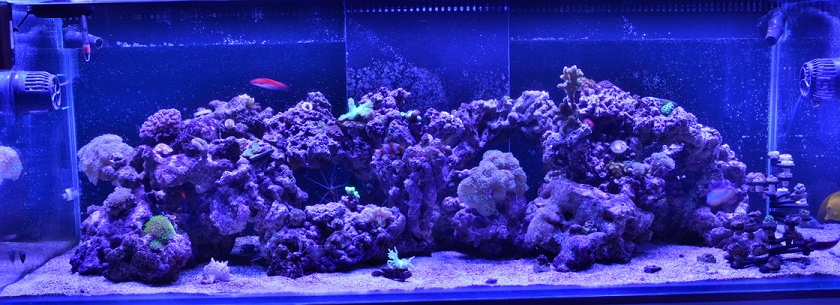Quote:
Originally Posted by Slyguy00

I'd bet on amphipods. Seen it happen 100 times. Take a look in your tank few hours after lights out. I bet you find the culprit.
|
correct - as I had a similar topic of discussion that these guys can get quite huge. I couldn't help but notice late at night I'd shine a flash light in there and see them scurry away from zoa frag locations. I assume they are munching away on those which might have a slight deficiency - good healthy ones might be avoided by them.
But I've had a few frags disappear outright and once I some wrasses (yellow coris wrasse) and harlem shrimp to battle the small starfish things have been moving forward with no losses.
I believe salt water is all about removing potential variables - my only variable now is water parameters and little to no pests

Good luck!





